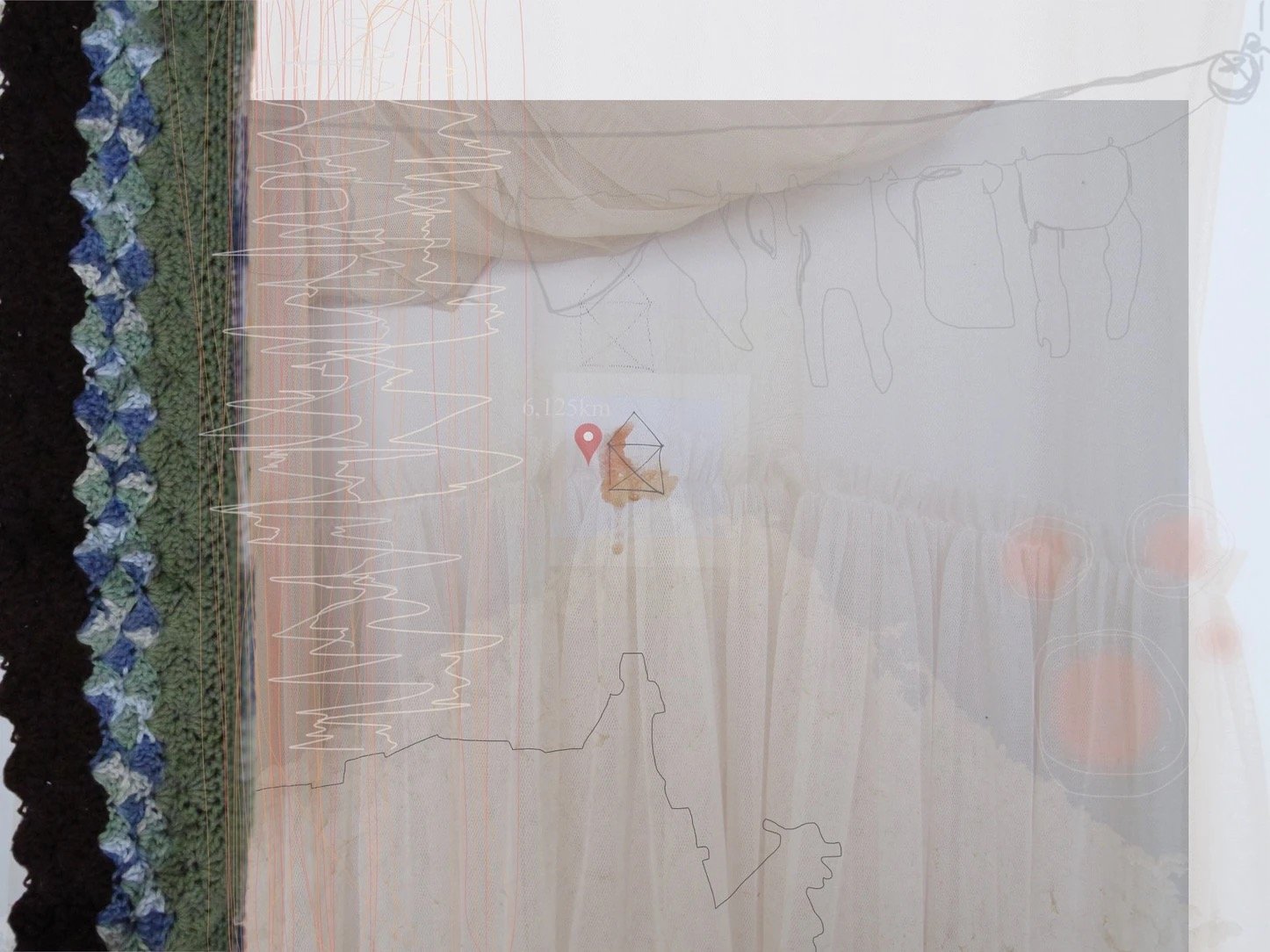What colour is home.
(2018)
A few months ago, I sat down with a few of my friends in offices, on couches, and on speakerphone, to talk about home. It started with a [seemingly] simple question: "where's your home?" For some, that question is easier than for others. For some, there's "home" and then there's "home home." For some there's no home, there are homes. Being in a new city for the past seven months, I've definitely collected a variety of definitions for "home" in my vocabulary. There's the home I come to after class in Ottawa. It's fuzzy blankets, rainbow colours, and nightcap hot chocolates. There's my home, the home that will always feel like home. It's candlelight, dancing in the hallway, cereal on Sunday nights. There's also my bigger home. Its streets, people, places I've been a thousand times and will visit a thousand more, wrapped up in a not-so-neat package with all the little things I hate about it too. Best friends and "ralentissement de service", zizi nights and year-long waitlists for a doctor.
What does home look like?
What does home taste like?
What does home smell like?
What does home sound like?
What does home feel like?
What colour is home?
Do you feel at home where you are right now?
After their interviews, I sat down, again, with their recordings. And I spent a lot of time with those, on repeat as I worked - trial and error - on creating something that could represent the homes they described to me. It was hard to translate their words, emotions, and senses into static images. Honestly, I was left feeling mostly unsatisfied with them. And the layers I was using to try to recreate the depth and dynamism of the interviews still weren't enough. How can we portray the senses? Can we recreate them?
I've known for a long time that words are something magical. As a budding oral historian, I listen, question, transcribe, and converse with people's words. This past year, I've also been trying to venture beyond them. Trying to see what kind of history I can write without words. As an artist, I do this all the time with my own stories, and there's a certain level of comfort you have with your own stories - knowing every intimate in and out - that you don't have with those of others. In fact, what's really going on in these images aren't their stories at all, but me trying to understand them.
In a month, I need to submit my masters project proposal. It's an oral history, but I want to do more than create a digital database of the interviews. First, I don't want to try to understand their stories alone; I want to do it with them. Usually, after an interview or a set of interviews, an oral historian will take the recordings and transcriptions, and work with those in their analysis and writing. Much like I did here, but with images instead of essays. This part - the analysis, the writing - usually solitary, surrounded by books, lots of coffee... I want to change that. I want to do this with the interviewees, sit down with them again and talk about our past conversations. Of course, I have to write a paper, and I don't expect anyone to write a 40+ page essay for me, but I am curious to see what else we can create together. And even though this proposal will be my own, I'm not sure if I should be the one to decide, alone, what the outcome will be.
When I asked my friends what colour is home, I was left with just that: a colour to base my image on. While colours definitely evoke different feelings, they can't single-handedly capture the totality of what they represent about the homes depicted here. There are people, places, voices, textures, relationships behind that colour. Things I'll never fully understand or know on my own. And that's why I want to keep the conversations going.


